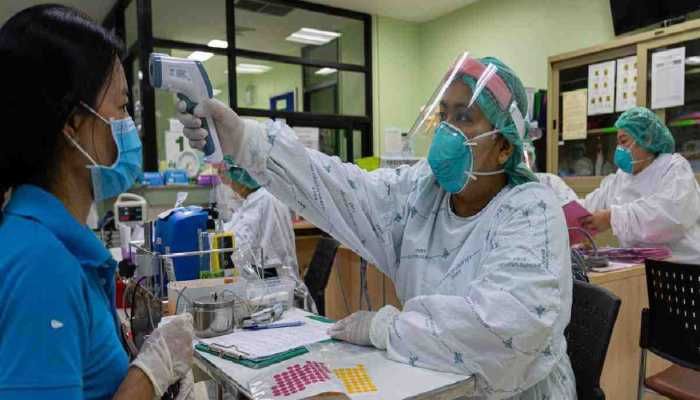
Desk Report
Publish: 02 Aug 2020, 11:52 am

Expressing “appreciation for WHO and partners’ COVID-19 pandemic response efforts”, the emergency committee convened by the UN health agency’s chief, made it clear that there is not yet an end in sight to the public health crisis that has so far infected more than 17 million and killed over 650,000 people.
The committee convened by Tedros Adhanom Ghebreyesus, Director-General of the World Health Organization, under the International Health Regulations (2005) (IHR), held its fourth meeting on 31 July.
Sustained effort needed
In its statement following the meeting, published on Saturday, it highlighted the “anticipated lengthy duration” of the pandemic, noting “the importance of sustained community, national, regional, and global response efforts.”
After a full discussion and review of the evidence, the Committee “unanimously agreed” the outbreak still constitutes a public health emergency of international concern (PHEIC). Tedros accepted the advice of the Committee.
The Director-General declared a PHEIC - WHO’s highest level of alarm - on 30 January, at a time when there were fewer than 100 cases in total, and no deaths outside China.
‘Once-in-a-century health crisis’
“The pandemic is a once-in-a-century health crisis, the effects of which will be felt for decades to come", Tedros told the Committee in his opening remarks on Friday.
"Many countries that believed they were past the worst are now grappling with new outbreaks. Some that were less affected in the earliest weeks are now seeing escalating numbers of cases and deaths. And some that had large outbreaks have brought them under control."
Recommendations
The Committee made a range of recommendations to both WHO and Member States.
It advised the agency to continue to mobilize global and regional multilateral organizations and partners for COVID-19 preparedness and response and to support Member States in maintaining health services, while also accelerating the research and eventual access to diagnostics, therapeutics, and vaccines.
Fair accessIt advised countries to support these research efforts, including through funding, and to join in efforts to allow equitable allocation of diagnostics, therapeutics and vaccines by engaging in the Access to COVID-19 Tools (ACT) Accelerator, an unprecedented global collaboration between countries, philanthropists and business.
The committee also advised countries to strengthen public health policies to identify cases, and improve speedy contact tracing, “including in low-resource, vulnerable, or high-risk settings and to maintain essential health services with sufficient funding, supplies, and human resources.”
Countries were also advised the committee to implement proportionate measures and advice on travel, based on risk assessments, and to review these measures regularly.
Covid-19 situation in Bangladesh
The health authorities in Bangladesh reported 21 new deaths from coronavirus and 2,199 new cases on Saturday .
The number of deaths reported was the lowest in over two months (since May 27). Bangladesh’s overall death toll now stands at 3,132.
In the last 24 hours, labs tested 8,802 samples and 24.9 percent turned out positive (daily infection rate or positivity rate). It was the highest since July 15, when 3,533 samples out of 14,002 tested positive for Covid-19, giving a positivity rate of 25.2.
The overall infection rate in Bangladesh now stands at 20.2 percent, with 239,860 positive cases out of close to 1.2 million tests.
The number of tests continued to decline on the first day of August, as it did throughout July, even though the proportion of tests coming back positive, known as the daily infection rate or positivity rate, continues to rise.
Subscribe Shampratik Deshkal Youtube Channel
Topic : COVID-19 Crisis WHO Pandemic
© 2024 Shampratik Deshkal All Rights Reserved. Design & Developed By Root Soft Bangladesh